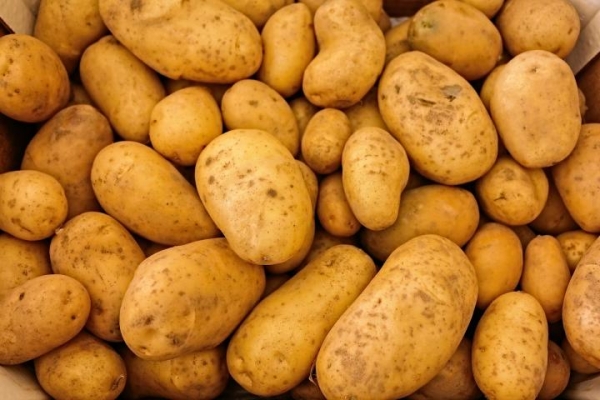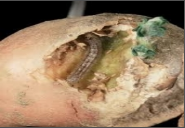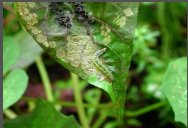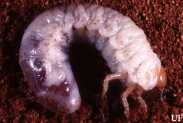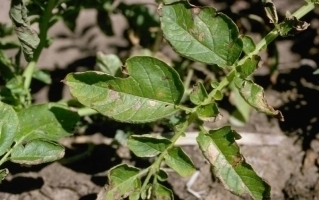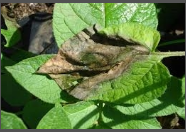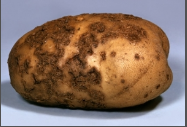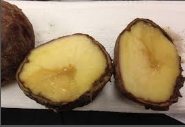Fertilizer Requirement (kg/acre)
Nutrient Requirement (kg/acre)
| NITROGEN |
PHOSPHORUS |
POTASH |
| 20 |
3 |
55 |
Apply 10 ton/acre of Farm Yard Manure or well decomposed Cow Dung at time of land preparation two weeks before planting. For optimum growth, it requires, Nitrogen@20kg per acre in form of Urea@45kg/acre, Phosphorus@3kg/acre in form of SSP@20kg/acre and Potash@93kg/acre in form of MOP@55 kg/acre.
Apply 3/4th of Nitrogen fertilizer and whole dose of Phosphorus and Potash at time of sowing. Remaining 1/4th dose of Nitrogen should be applied after 25-30 days after planting at time of earthing up operation.
Earthing up: It necessary to maintain proper aeration, proper soil temperature and moisture in soil for good growth of crop and proper development of tubers. In earthing up soil is drawn up around base of plant to encourage better tuber formation. It should be done when plant attained height of 15-20cm. If required carry out second earthing up two weeks after first earthing up. It can be done manually with hoe or mould board plough or ridger for large areas.
WSF: To promote bulking in Potato, Spray 13:0:45@ 2kg and 100gm Magnesium EDTA per acre. Add Fungicide Propineb@3 gram/Ltr of water as prophylactic. To increase number of tubers and size, spray with Humic acid (12%) @ 3ml+ MAP 12:61:00 @ 8gm/DAP @ 15 gram/Ltr of water in vegetative stage.

